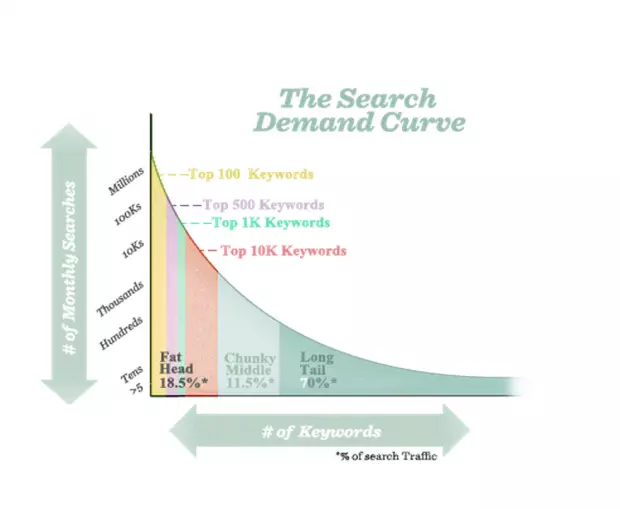
Some website managers and small business owners, new to the topic of Search Engine Optimisation, tend to use broad keyword terms to describe their company and products on their website and blog articles.
This (lack of) strategy often results in missed ranking opportunities, as by targeting general terms they will be put side by side with big companies with a lot of time and money to spend on their SEO strategies.
If you are, for example, a small store in Hong Kong that sells beach hats, and you are describing your product by using keywords such as “fashionable”, “design”, “beach” and “hats”, you will have to compete with big worldwide companies and brands that sell “beach hats” as well. If you add the keyword “Hong Kong” you will be narrowing it a little, but you’ll still be missing a big chunk of the market.
WE WILL EXPLAIN … but before let’s begin by learning what are “long tail keywords” and why they’re so important for your business.

Long tail keywords are very specific search terms made by users who want specific information. People who use long tail keywords tend to convert better since they are at a later stage in the conversion cycle.
On our “hats store” example… Someone who searches for “hats” is probably aiming to browse a range of hat styles until they find something they like the look of. In the other hand, someone searching for “fashionable large straw hat with ribbon in Hong Kong” is looking for a very specific style of hat that they no doubt already know they would like to buy.
You as a hat retailer, need to optimise your website and blog articles to target specific keywords. By doing that you will be targeting lower levels of traffic compared to the broad “hats” keyword, but you will see a higher conversion rate since you will be fulfilling the specific needs of highly engaged buyers.
When creating your keywords strategy, it can be tempting to target broad terms which see hundreds or even thousands of daily searches; that could be hundreds of people to your site every day, right? It’s not as easy as that though.
Keywords with high search levels make up around 30% of all daily searches, whilst long tail keywords with low search levels make up 70% of all daily searches. If you only optimise for high profile terms, you end up ignoring 70% of daily searches – a huge figure!
Search engine optimisation for long tail keywords is therefore crucial for a successful keywords strategy.
You might be thinking: “OK. Now that i know (in theory) how important long tail keywords are, how the heck do i know which are the best for my SEO strategy?”
Because in the SEO science, guessing is never a good option. We have selected a couple of tools that will help you do just that: find the right long tail keywords!
Many small businesses will agree that one of the hardest aspects of search engine optimisation is researching keywords, but there are a few brilliant tools available which make it a little easier:
The other 30% are broad keywords that can drive a lot of people to your website if your SEO strategy is robust. If you are, for example, an italian restaurant in Hong Kong, you will still want to be targeting those general keywords as this is also an important way to be found online.
To learn more about types of SEO strategies and how much to concentrate in which one, read the (maybe a little too technical but) insightful article written by Avinash Kaushik, “How Thick is Your Head and How Long is Your Tail?”
Input your search keywords and press Enter.